 can do
can do
Mobility support robot - Hug assists people who have difficulties in standing up by themselves
in transferring between sitting positions or standing for a period of time in the
bathroom, toilet, or other situations where standing is required.
It accompanies care givers and receivers in their daily lives with nursing care,
relieving the strain on their body and mind.
POINT01
Hug solves
the back injury issue!
Makes caregiving easier by doing the lifting work.
Holds up gently as if hugging.
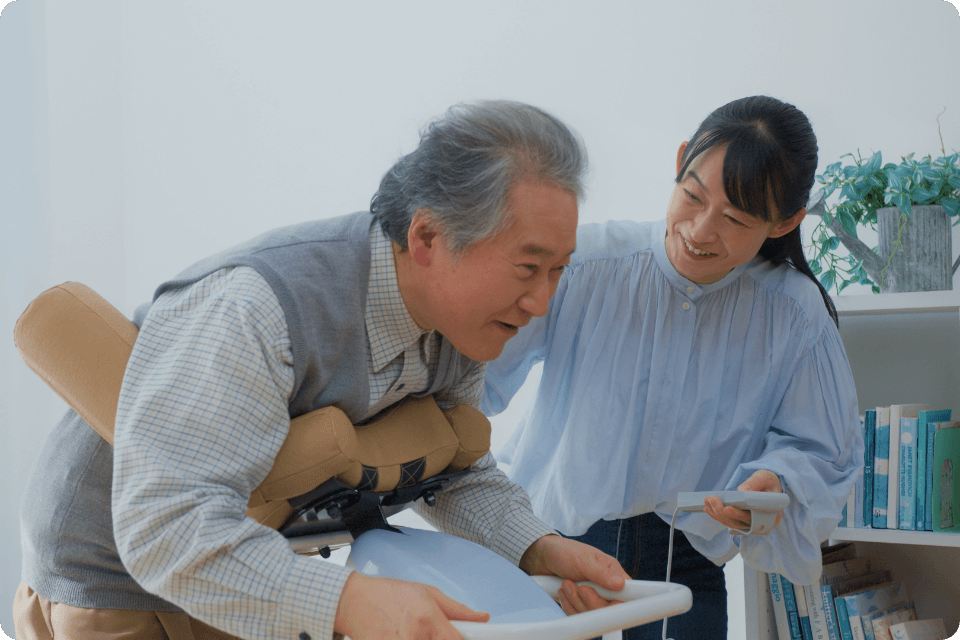

Reduces strain on backs
Reduced physical strain allows for easing of the mind.

Makes one-caregiver assistance possible
Hug holds up the care receiver.
This enables even a single care giver to assist the care receiver with ease.

Makes care receivers feel at ease
Care receivers can rely on Hug with peace of mind, thus easing physical contractures.
POINT02
Hug is compact to use!
A care receiver is hugged by Hug and it is ready to be used.
Compact design that makes it possible to use in tight spaces.

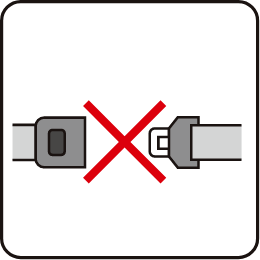
No troublesome securing belts are required
No preparation is required. Hug can be used just by leaning onto it.
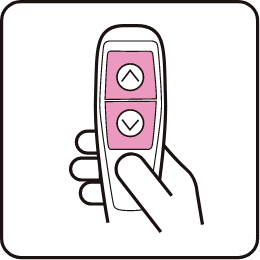
Easy operation
With the buttons for standing and sitting, anyone can use the unit easily.
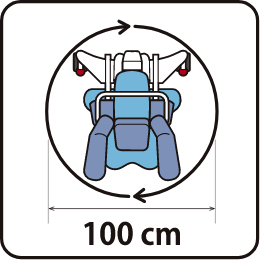
Compact size
Hug is compact and lightweight enough to move flexibly.
POINT03
Hug follows the natural standing motion
Recreates the natural trajectory of motion to stand up.
This reminds care receivers of the feeling of standing
by themselves.

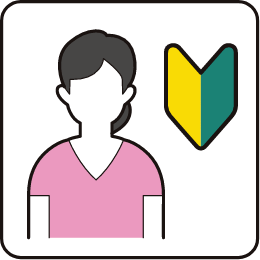
No special skills are required
Anyone can operate the unit in the same way.
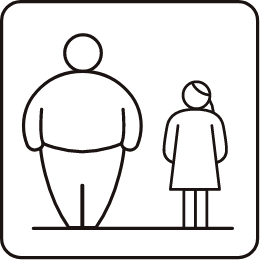
Accommodates people weighing up to 100 kg.
Hug can assist larger care receivers safely and securely without falling over.
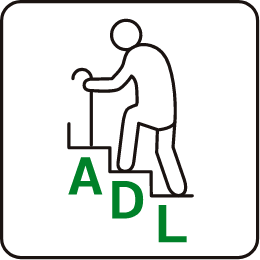
Improved activities for daily living (ADL)
Hug helps care receivers use the toilet, thus reducing use of diapers.
Hug can help you when...
Hug can be used for care in nursing homes,
hospitals, and homes.
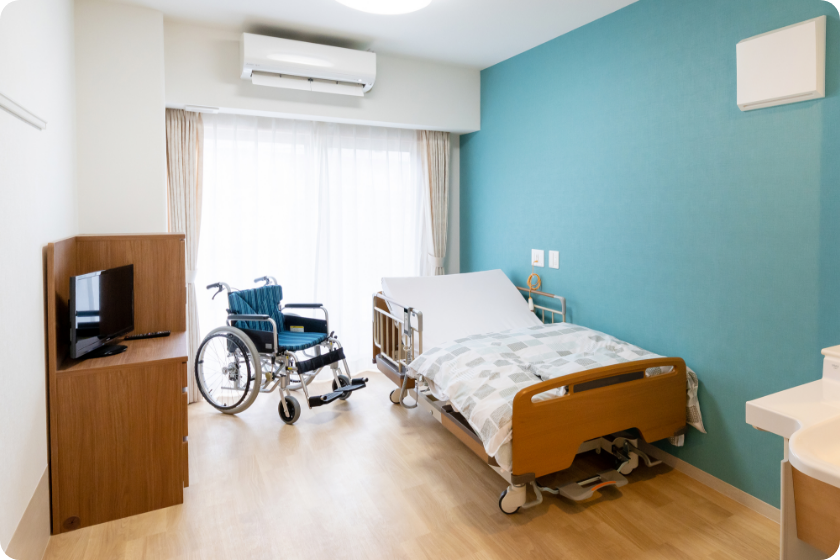
Assists people who have difficulty with standing by themselves in standing and sitting
From bed to wheelchair, or wheelchair to toilet seat, Hug assists transfers between sitting positions, so caregivers no longer need to lift care receivers.
By encouraging care receivers to get out of bed, the use of Hug can also help prevent pressure ulcers and equinus feet.
Usage locations:Bedrooms, living rooms
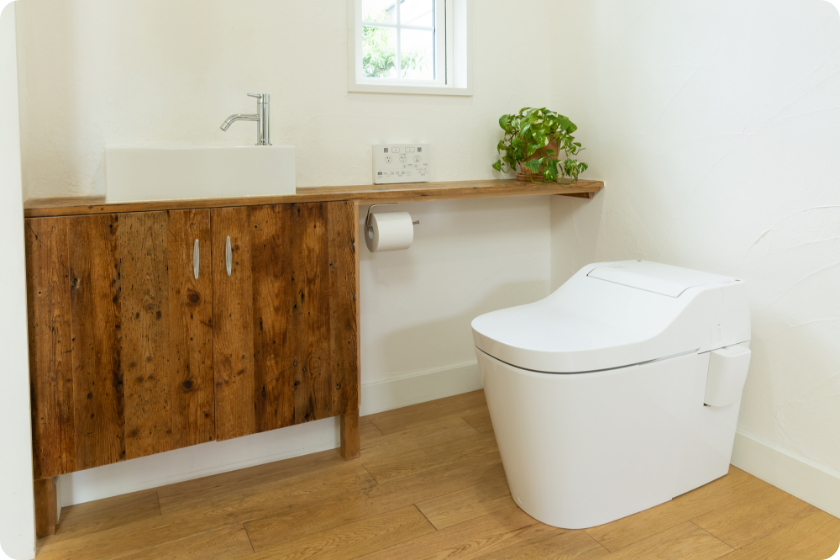
Supports care receivers when changing clothes and using the toilet by maintaining a standing posture
Hug encourages care receivers to go to the toilet instead of using diapers.
Hug provides assistance when standing for long periods is required, such as using the toilet or changing clothes.
Usage locations:Toilets, dressing rooms
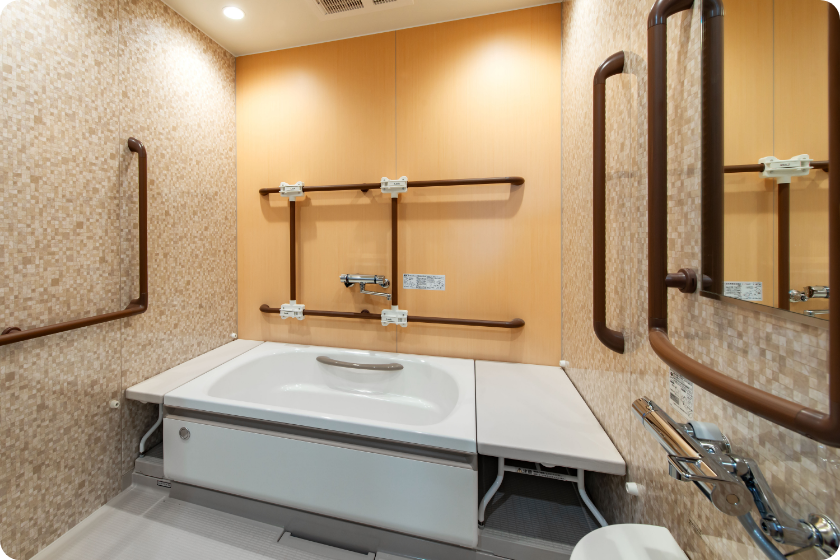
Supports care receivers when bathing in the bathroom
Fully waterproof models are also available.
Hug can maintain care receivers in a standing position, allowing them to shower in the bathroom and have medications applied to difficult to reach locations.
Usage locations: Bathrooms
Hug is used in many nursing facilities,
hospitals, and homes for at-home care.





